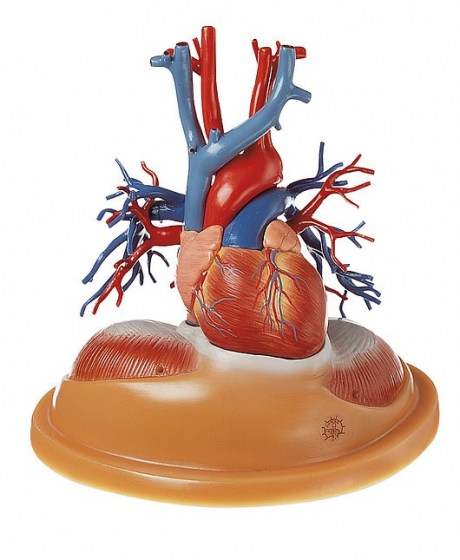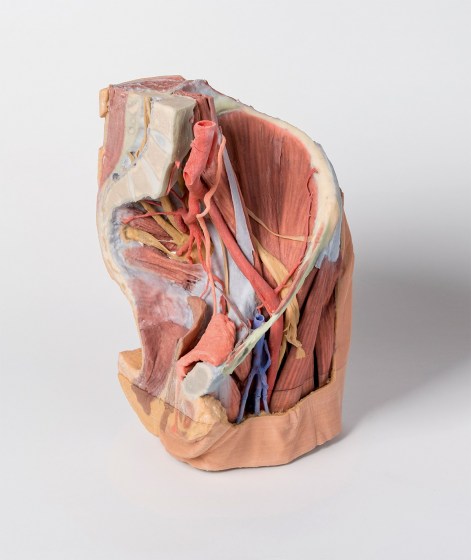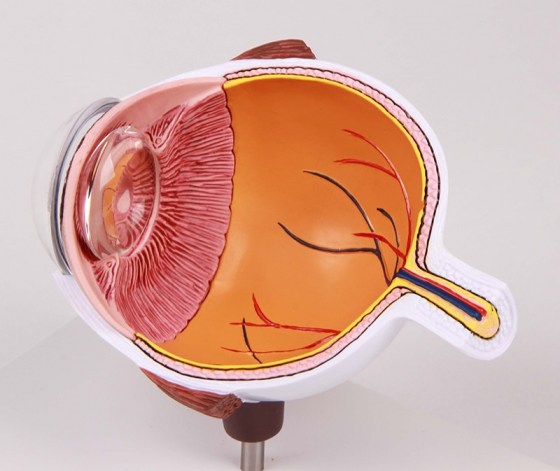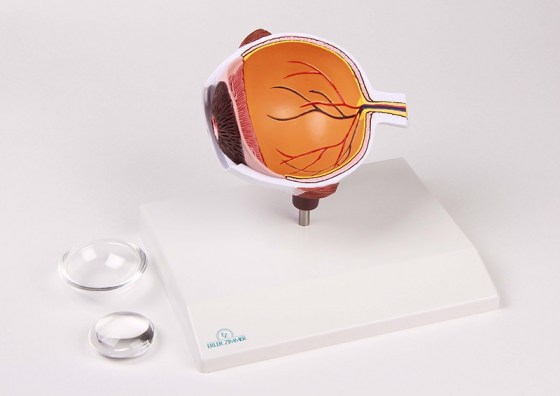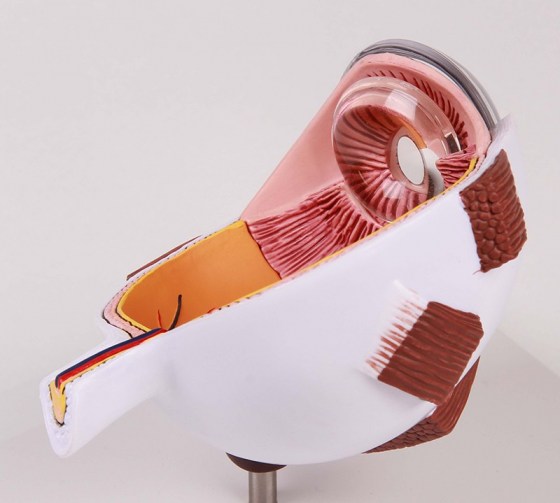Do you need advice? +420 545 235 668
UPPER LIMB
Catalog number: EM270-MP1500
Product availability: Delivery date HERE
Weight:
3 Kg
Description
This 3D printed specimen represents a superficial dissection of a left upper limb, from the scapula to the hand, ideal for detailed anatomical study of the muscles, veins and nerves of the arm. The skin, superficial and deep fascia has been removed from most of the limb except over the dorsum of the scapula, proximal arm, and over the hand. The median cubital vein, cephalic and basilic veins are preserved, with the latter two preserved from the wrist to their terminations (in the deltopectoral groove and brachial vein, respectively).
The 3D Human Anatomy Series is the result of a collaboration between Monash University in Australia and German manufacturer Erler Zimmer. The 3D printed human anatomy models in this collection are highly accurate colour-augmented representations, designed to substitute the use of real human cadavers in anatomy education. Each model has been developed from radiographic data or cadaver specimins, providing a highly cost effective and ethical solution to meet the needs of medical, allied health and biological science educators.
In this arm dissection, the axilla, cross-sections of the deltoid, supraspinatus, infraspinatus, teres minor, teres major, and subscapularis muscles are visible relative to the bony blade and spine of the scapula. The coracobrachialis and tendon of the latissimus dorsi are also preserved, as well as the tendon of the pectoralis major.
The lateral portions of the axillary artery and vein and the most lateral extent of the cords of the brachial plexus (medial, lateral, posterior) are also present. Terminal nerves of the brachial plexus visible in the axilla of this specimen include the upper subscapular, ulnar, median, musculocutaneous, axillary and radial.
The 3D Human Anatomy Series is the result of a collaboration between Monash University in Australia and German manufacturer Erler Zimmer. The 3D printed human anatomy models in this collection are highly accurate colour-augmented representations, designed to substitute the use of real human cadavers in anatomy education. Each model has been developed from radiographic data or cadaver specimins, providing a highly cost effective and ethical solution to meet the needs of medical, allied health and biological science educators.
In this arm dissection, the axilla, cross-sections of the deltoid, supraspinatus, infraspinatus, teres minor, teres major, and subscapularis muscles are visible relative to the bony blade and spine of the scapula. The coracobrachialis and tendon of the latissimus dorsi are also preserved, as well as the tendon of the pectoralis major.
The lateral portions of the axillary artery and vein and the most lateral extent of the cords of the brachial plexus (medial, lateral, posterior) are also present. Terminal nerves of the brachial plexus visible in the axilla of this specimen include the upper subscapular, ulnar, median, musculocutaneous, axillary and radial.




